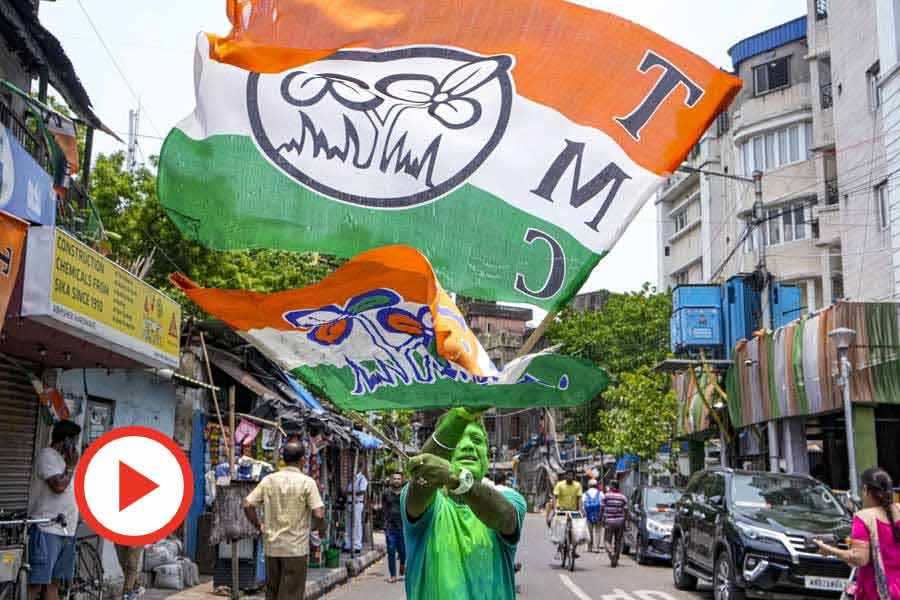Extreme weather events claimed 2,755 human lives and destroyed over 400,000 houses across India between January 1 and September 30 this year, the non-government Centre for Science and Environment said in a report released on Tuesday.
The report said the extreme events — heat or cold waves, intense rainfall, floods, landslides, or storms — occurred somewhere in the country on 242 of the 273 days of those nine months. Climate scientists have predicted a rise in the frequency of extreme events under global warming.
The CSE said its report was intended to build evidence on the frequency and geography of extreme weather events. “This is extremely important as the data that is publicly available on this subject is fragmented and fails to provide the overall picture,” said Sunita Narain, CSE director-general.
The country’s central region had the highest number of days (198) with extreme weather events and accounted for the largest death toll (887) followed by the eastern and northeastern region where 783 people died under impacts of extreme weather, the report said.
India recorded its warmest ever and third driest March in 121 years, the third warmest April, the 11th warmest August and the eighth warmest September since 1901. Eastern and northeastern India recorded their warmest and driest July in 121 years and fourth warmest September.
The report said Himachal Pradesh had the highest number (359) of human fatalities attributed to extreme weather events, followed by Assam (301), which accounted for the highest number of damaged houses and animal deaths.
Lightning and storms scattered across 30 states claimed 773 lives and heat waves caused 45 deaths. The report said the official data did not capture the impact of the prolonged high temperatures on people’s well-being in northern India.
The CSE report has been released days ahead of the scheduled November 6-18 UN climate conference in Sharm el-Shaikh, Egypt, where delegations from across the world are expected to discuss ways to curb global warming as well as strategies to address impacts of extreme weather.
The CSE and other environmental groups have long argued that finance is needed to compensate vulnerable countries for disasters resulting from climate change, including extreme weather events.
“This can be seen as climate reparations paid by historical emitters (developed countries) of greenhouse gases, in accordance with the polluter pays principle,” the CSE said. “The question of loss and damage must be at the front and centre of all discussions at the (upcoming) conference.”
The CSE on Tuesday also launched an India atlas on weather disasters, an online public interactive database on extreme weather events that it said would be updated every month.











